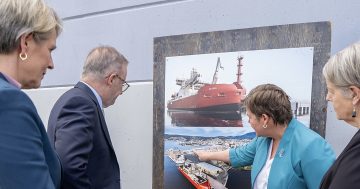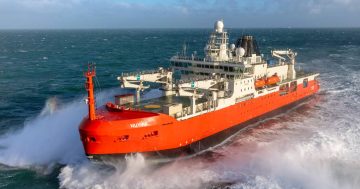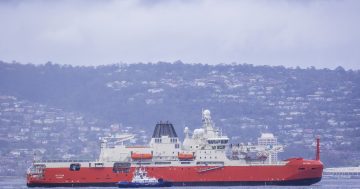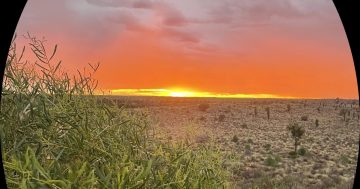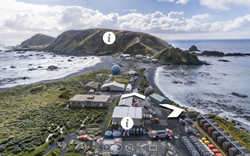 The Department of the Environment and Energy’s Australian Antarctic Division has released an online ‘virtual tour’ of the planned new research station on the icy continent’s Macquarie Island.
The Department of the Environment and Energy’s Australian Antarctic Division has released an online ‘virtual tour’ of the planned new research station on the icy continent’s Macquarie Island.
The new public interactive tour allows viewers to experience an insight into life and work on the island, and provides a level of detail that will be critical to the design of the station.
Head of the Australian Antarctic Division Strategic Infrastructure Project, Travis Thom said the virtual experience was made up of 1,338 photos stitched together to form 360 degree panoramas.
“The tour transports users inside and outside the existing station buildings, onto windswept beaches, past resident wildlife and to lookouts above the station,” Mr Thom said.
“You can also get a sense of the science that’s conducted on the island by visiting places like the weather balloon release building, the clean air laboratory and the radionuclide monitoring station.”
He said the tour would also be a valuable resource for the Managing Contractor, VEC Civil Engineering as it led the design and construction process for the station.
“Only one or two resupply ships visit the station each year, so the engineers and architects will have limited opportunities to visit the island during the design period,” Mr Thom said.
“However, the tour will allow them to virtually travel to the island whenever they need to explore things in greater detail, such as understanding the current station’s configuration of rooms, specialist equipment, or furnishings.”
Manager of the Macquarie Island Modernisation Project, Adrian Young said a site was recently selected for the new station after two seasons investigating wind effects, ground conditions, coastal processes, and the potential risk of rising seas and increasing storm surge frequency.
“The current station is on the northern end of Macquarie Island on part of an isthmus that’s about 500 metres wide,” Mr Young said.
“This area is subject to storm surges and home to a large population of elephant seals.
“We’ve now identified a suitable new site, just south of the current station, and overlapping some of its footprint.”
The 360 degrees virtual tour can be accessed at this PS News link.


